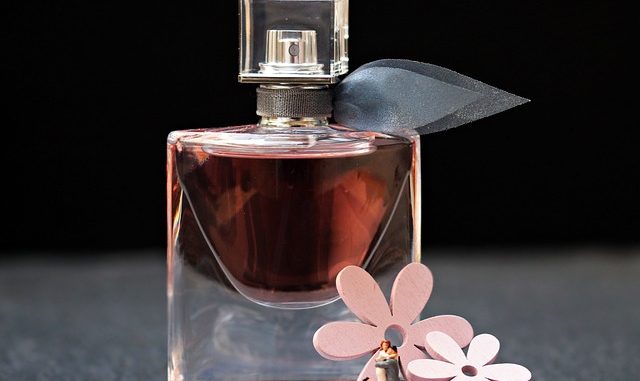
When carotenoids breakdown they produce a range of degradation products but none is perhaps more important than beta-ionone. It is the principal breakdown product and is noted in the perfume industry especially because it has a characteristic woody, violet, fruity, and raspberry‐like odor. The threshold value for this compound is only 0.007 ppb in water which is extremely low (Cremer & Eichner, 2000).
Sources
Lutein is one particular source but it occurs in all the carotenoid-rich fruits, plants and flowers. The principal sources are red pepper, tomatoes, carrots and even tea (Cremer & Eichner, 2000; Ziino et al., 2009). It is a critical aroma that determines to a large extent the sensory quality of black tea (Sanderson & Grahamm, 1973).
Off-Flavours
It can be a major contributor to off-notes and off-flavours in various food products. dehydrated carrot, paprika, kimchi and some other fermented foods can be affected by too much of this compound. Fermentation of red pepper also leads to an overproduction of beta-ionone (Lee et al., 2018).
The Reactions Involved in Production of Beta-Ionone
The formation of beta-ionone involves several chemical reactions, primarily derived from the breakdown and rearrangement of carotenoids, which are natural pigments found in plants.
- Cleavage of carotenoid: The process starts with the cleavage of a carotenoid molecule, such as beta-carotene, which is a common precursor. This cleavage can occur through various mechanisms, including enzymatic, oxidative, or thermal processes.
- Formation of apo-carotenals: The cleavage of the carotenoid leads to the formation of two apo-carotenal molecules. These molecules lack one end of the carotenoid structure and contain a carbonyl group (C=O) at one end.
- Conversion to beta-ionone: One of the apo-carotenal molecules undergoes cyclization and rearrangement reactions to form beta-ionone. The specific reactions involved in this step can vary depending on the conditions and the presence of catalysts or enzymes.
- Isomerization: Beta-ionone is an unsaturated ketone compound that exists in multiple isomeric forms. Isomerization reactions may occur to convert beta-ionone into its various isomers, including alpha-ionone and gamma-ionone. These isomers can have slightly different aroma profiles.
It’s important to note that the precise details of these reactions, including the specific mechanisms and intermediates involved, can be complex and can depend on the specific carotenoid precursor, reaction conditions, and the presence of enzymes or catalysts. Various factors such as heat, light, pH, and enzymatic activity can influence the formation of beta-ionone and its related compounds in natural systems.
References
, & (2000). Formation of volatile compounds during heating of spice paprika (Capsicum a nnuum) powder. Journal of Agricultural and Food Chemistry, 48(6), pp. 2454–2460 (Article).
Lee, S.M., lee, J.Y., Cho, Y.J., Kim, M.S., Kim, Y-S. (2018) Determination of volatiles and carotenoid degradation compounds in red pepper fermented by Lactobacillus parabuchneri. J. Food Sci. (Article)
, , , , & (2009). Volatile compounds and capsaicinoid content of fresh hot peppers (Capsicum annuum L.) of different Calabrian varieties. Journal of the Science of Food and Agriculture, 89(5), pp. 774–780 (Article)
Leave a Reply